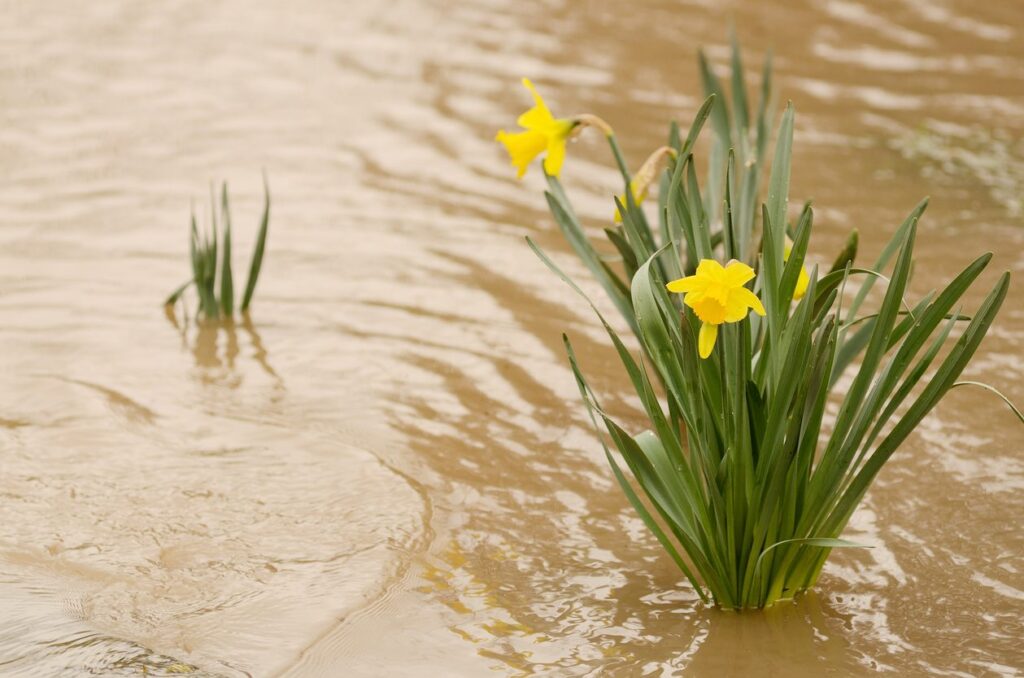Different climate zones all get some kind of extreme weather. Where I live in Wisconsin, we like to joke that we experience every variety of extreme weather in the same week. This can seem very true in early spring when we may have a snowstorm one day and a few days later it is sunny with temps reaching almost 70 F. (21 C.).
I’m sure people in many other locations feel the same way. There is no location with absolute perfect weather year round. Extreme weather can mean anything from excessive heat or cold, heavy snow or rains, high winds, drought, or floods. Whatever Mother Nature throws at you, creating weatherproof gardens can give you the upper hand.

Protecting Gardens Year Round
Each of the seasons bring a different opportunity for extreme weather conditions. Knowing your local weather patterns helps in planning and guarding against weather elements. Winter brings intense cold and heavy snows to many northern landscapes. In areas where winter weather is severe, using mostly cold hardy landscape plants can save you the time and hard work of replanting each spring.
Plants that are more tender can be given extra insulation to survive low temperatures by heaping mulch over them in late fall. While snow also can act as an insulator for plants, it can also be too heavy for other plants to bear. If you live in a location with heavy winter snow accumulation, choose hardwood trees for the landscape to avoid broken branches. Also, tie up weaker stemmed plants, such as arborvitae, so heavy snow does not flatten or split them.
Other tips for weatherproofing gardens in cold climates are:
- Choose late blooming fruit producing plants to avoid frost damaged buds.
- Place frost tender plants like Japanese maples in protected locations near a structure or home to block them from extremely cold winter winds.
- Create raised beds, which warm up faster in the spring.
- Select salt resistant plants for locations where ice is common and salt is used frequently.
- Build cold frames or greenhouses to protect plants from early or late frosts.
In southern locations, extreme heat or drought can be the element your garden needs the most protection from. Xeriscaping or landscaping with drought resistant plants is useful for protecting the garden year round in hot, dry climates. Place plants with low water needs together and those with higher water needs in beds together; this way when water is scarce or restricted, it is easier to water only the plants that need it the most. Creating a shady oasis with drought tolerant trees can also allow you to grow plants that struggle in intense sun and heat.
How to Weatherproof the Garden
Weatherproofing gardens also means protecting them from high winds, heavy rains, and flooding. Windbreaks can be created by planting large conifers in areas of high winds, or even by building sturdy structures for vines to climb up around the garden. Deep rooting trees hold up against high winds much better than shallow rooted trees. Likewise, hardwood trees stand against extreme weather conditions much better than softwood trees.
If you live in a location with heavy rains and frequent flooding, select plants that can grow in, or at least tolerate, standing water, such as:
- Siberian iris
- Dogwood
- Sweetspire
- Holly
- Viburnum
- Swamp mallow
- Black gum
- Willow
Also, avoid plants with delicate flowers, like peony or magnolia, which are pulverized by heavy rains.

